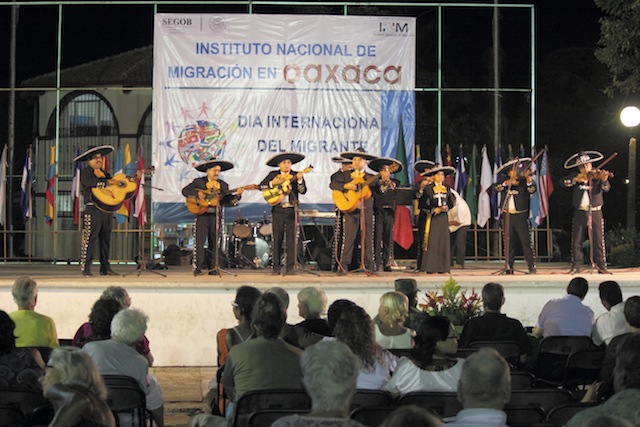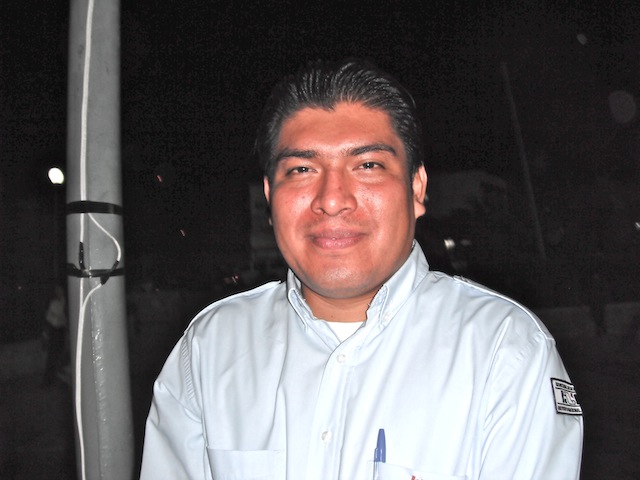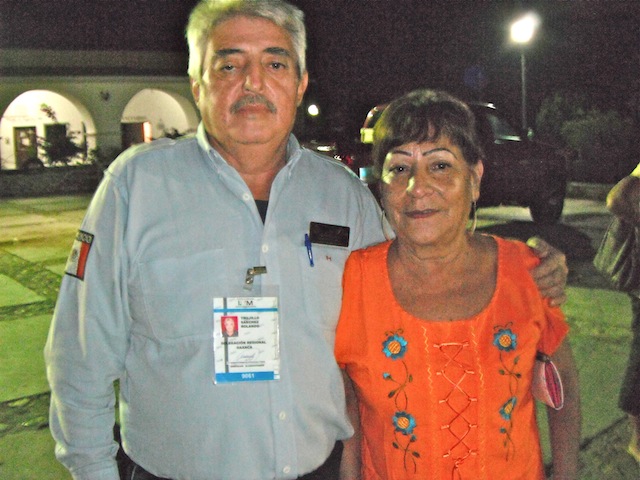New Immigration Law
Day of the Migrant Honors Puerto’s Foreign Community
December 10 is the International Day of the Migrant, and Puerto Escondido’s Instituto Nacional de Migración (INM) threw a big party for the local migrants at the Agencia Municipal, with the help of the city’s business community. There was food and fireworks, but the highpoint of the evening were the folk dance troupes and a mariachi band from Nopala. The event was heavily attended by both foreigners and Mexican nationals alike. !Viva Puerto! salutes Subdelegado, Juan Carlos Ruíz Méndez, Agente Federal, Rolando Trujillo Sánchez and Agente Federal, Dulce Carolina Ortíz Ramírez not only for the celebration but also for all their help to migrants.
New Immigration Law Facilitates Permanent Residency
Important note: The following is only an overview of the new law. Since the regulations are still being published, it’s likely there will be more changes.
Do you have a degree in information science and speak Spanish? Mexico wants to give you a permanent residency visa. Or are you a well-off retiree? Or the American grandchild of a Mexican citizen? These are but a few of the ways that you may now be eligible for permanent residency in Mexico.
The new law Mexican immigration law, which went into effect on November 9, 2012, offers many avenues to permanent residency, without your having to pass through temporary residency first. Among them is a point system for people with desired skills. But it also includes changes that will affect retirees. The biggest change is that, unless you already have an FM-3 or FM-2, you will have to apply, in most cases, for a temporary or permanent visa at your local consulate, NOT at an immigration office in Mexico.
Under the new law, there are two types of residency visas: temporary and permanent (more-or-less corresponding to the earlier categories of “non-immigrant” and “immigrant” or FM-3 and FM-2). A temporary resident visa allows you to stay in the country for up to four years. When you get this visa at a Mexican consulate, you will have 180 days to enter the country and then 30 days in which to register the visa at the local immigration office.
As before, there are 30-day and 180-day visitor visas. But now, under certain circumstances, you can get a visitor visa which will be good for 10 years. Although you cannot stay in the country for more than 180 days at a time with a 10-year visa, you can enter and exit as many times as you wish during that period.
*Big change: You can apply for a temporary visa for a period of one to four years, if you meet the requirements, and not have to renew it each year. After four years, you can apply for permanent residency, without leaving the country. Otherwise you must apply for a new temporary visa at a consulate.
The category of “rentista” has also disappeared. Now the law speaks of retirees (jubilados). A rentista had to show a monthly income of around $1,200 U.S. a month; a retiree must receive public and/or private pension payments of over $2,000 U.S. a month (400 times the daily minimum wage in Mexico City — 62 pesos — at 13 pesos to the dollar) or have almost $100,000 U.S. in the bank or in other investments for a 12-month period.
People who currently have non-immigrant (FM-3) visas will have to change them for temporary resident visas at the local immigration office when they are up for renewal, and retirees will have to meet the new income requirements. However, Mexican investments, including a house with a fideicomiso, may count towards partially fulfilling the requirements.
You will be able to apply for permanent residency after four years as a temporary resident. There are no restrictions on how many months a year you must spend in the country as there were with the old FM 2. You can also apply for permanent residency at your consulate, without ever having had temporary residency.
*Big change: Permanent residency is for an “indefinite” period. Once you get it, you don’t renew it.
The regulations for the new immigration law are still being published. It has still not been determined how the point system will operate, but the law specifies that points be given in the following eight areas:















